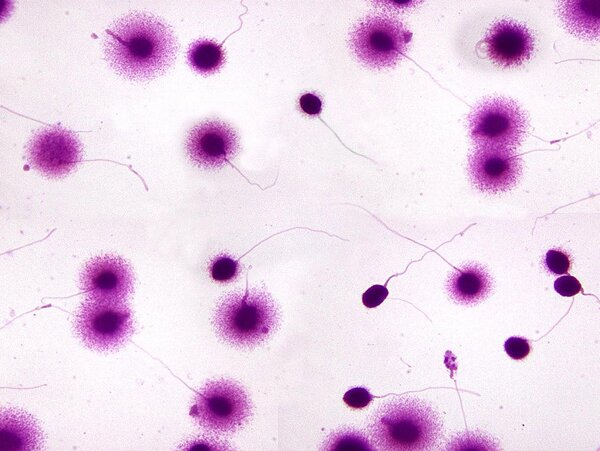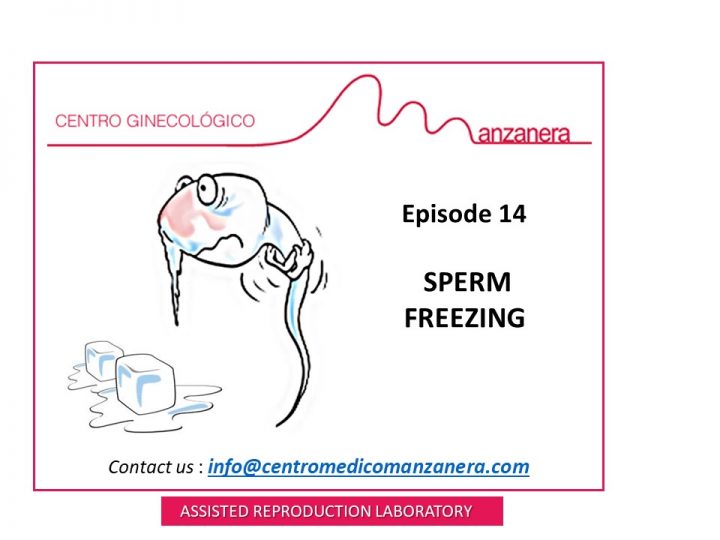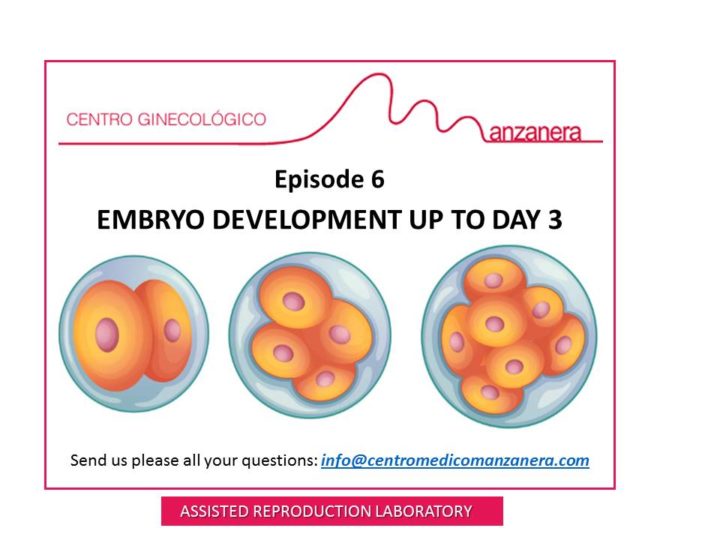
When a couple comes for a fertility consultation, one of the first tests done is the sperm test. This analysis provides information about a variety of sperm parameters: concentration, volume, motility, pH, viscosity, colour, etc., giving an initial idea about the sample.
Nonetheless, other not-so-basic tests exist allowing to complete the exploration of male fertility when necessary. We refer to the study of spermatozoid fragmentation and FISH.
The fragmentation of sperm DNA measures the breaks, which can be found in the genetic material of the spermatozoid. The DNA contains genetic information transmitted from generation to generation. Occasionally, the DNA can become damaged and break due to various factors. Fragmentation is the term for these breakages in the DNA.
If the percentage of breakages is superior to the normal values, that can lead to a low fertilisation rate or affect the development of the embryo, even predisposing a woman to suffer a miscarriage. We can use the Fertile Chip in the laboratory to select spermatozoids and to reduce these effects as much as possible when the male has an elevated double-strand sperm DNA fragmentation. The chip is a microscope slide with two chambers – one inlet and one outlet – connected by channels of microfluidics. The sperm sample is placed in the input chamber of the device, and after some time, the spermatozoids that reach the collection chamber are picked.
The limitation to using this chip is in the case of patients with a severe masculine factor because it is complicated to retrieve sufficient spermatozoids. Fertile chip is unadvised for samples that were previously frozen.
Another technique available is FISH (Fluorescence in situ hybridisation) which quantifies the copies of chromosomes in each spermatozoid. It permits the laboratories to calculate the total rate of aneuploid spermatozoids in the ejaculate.
Just like in the case of fragmentation, these alterations are found in nature and are normal always when the rate is within the range of normality. However, a high percentage of spermatozoids with altered chromosomes is associated with a higher number of abnormal embryos which fail to implant or result in miscarriages, and in rare cases, children are born with some sort of pathology.
Unfortunately, there is nothing we can do to modify the number of chromosomes in a spermatozoid if it is altered. A possible solution is to select embryos with the correct genetic load after carrying out in vitro fertilisation. This kind of selection is named preimplantation genetic diagnostics (PGD).
If you have any doubts or would like to receive information about a specific treatment, you can contact us via email at info@centromedicomanzanera.com or ivf@centromedicomanzanera.com, or by filling in the contact form: https://form.centromedicomanzanera.com/en
Maria Pombar




